Question 1: 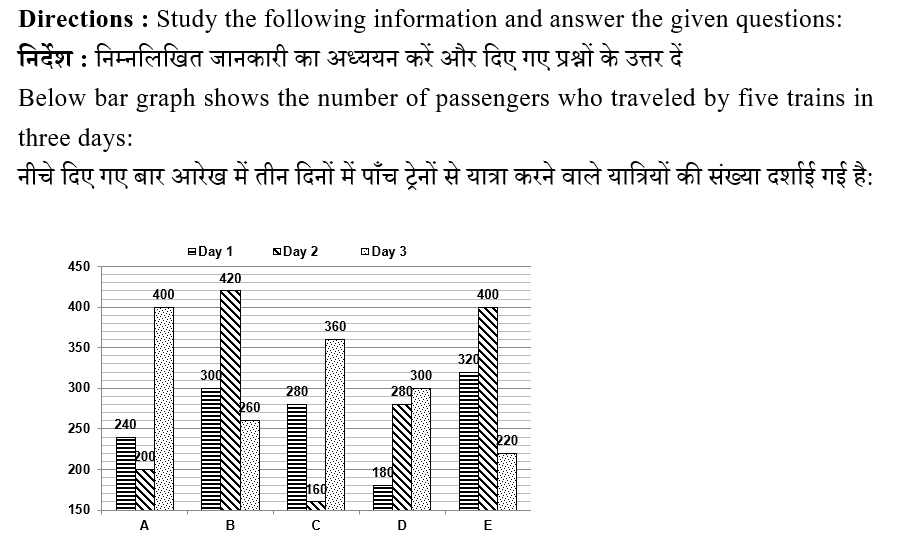

Question 2: 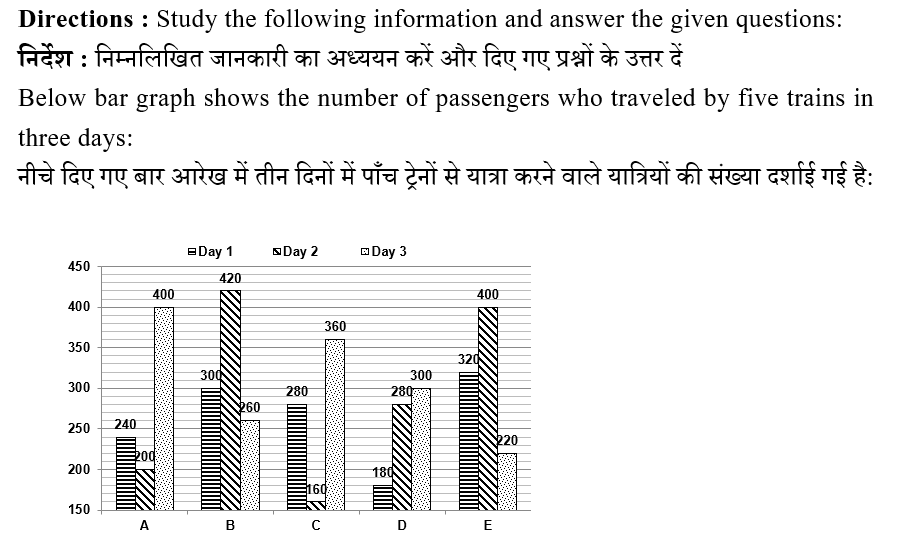

Question 3: 

Question 4: 

Question 5: 

Question 6: 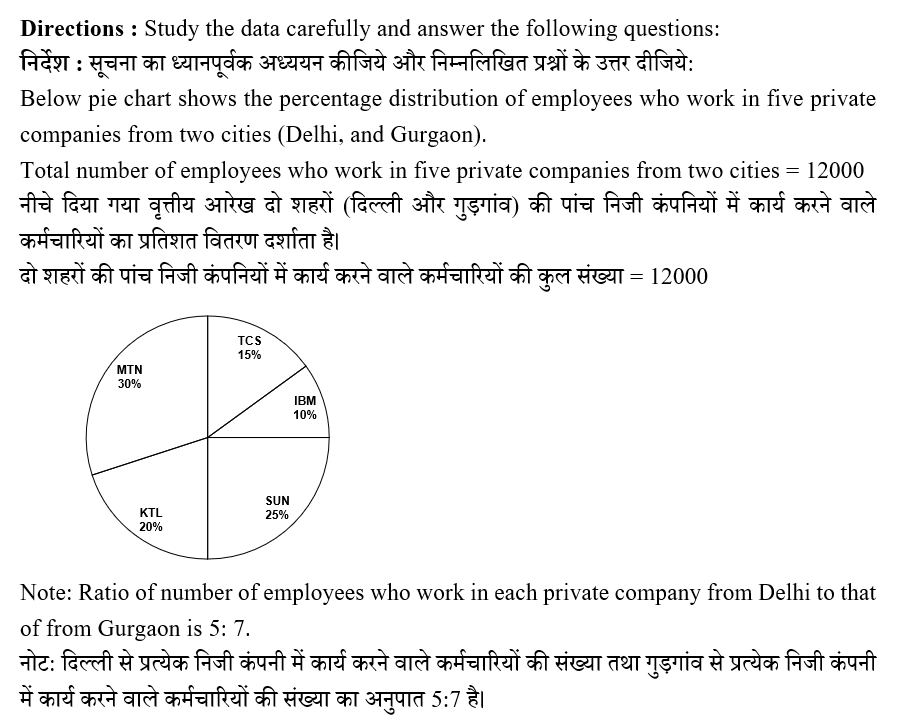

Question 7: 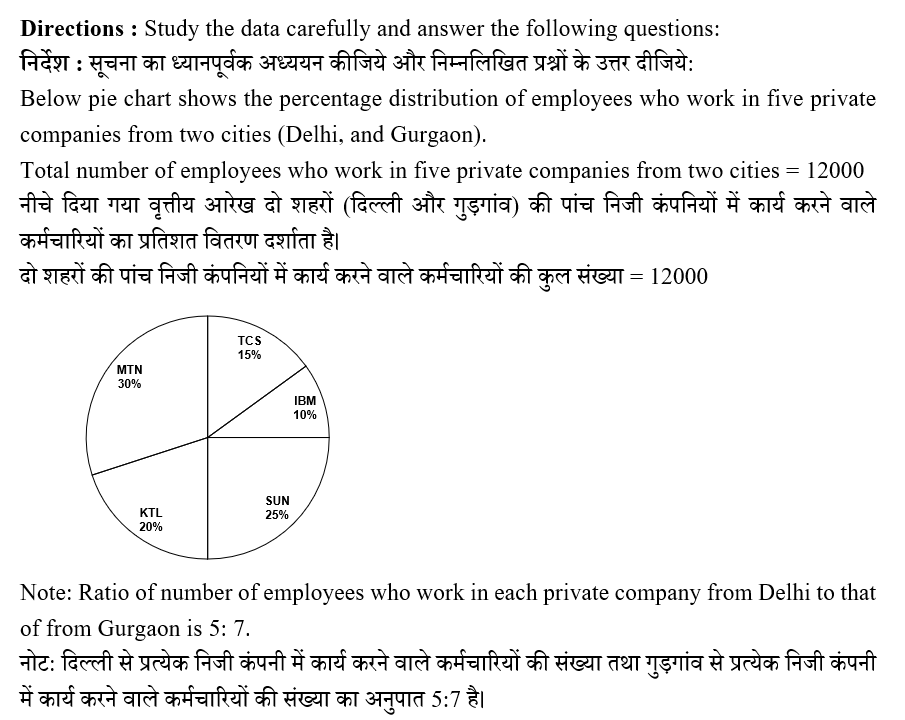

Question 8: 

Question 9: 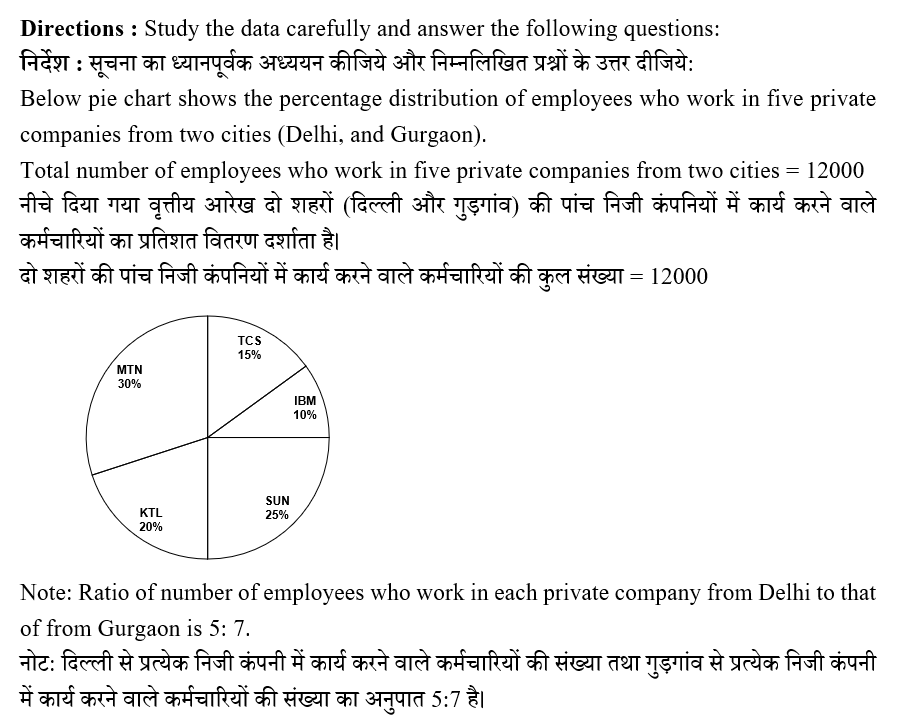

Question 10: 

Question 1: 

Question 2: 

Question 3: 

Question 4: 

Question 5: 

Question 6: 

Question 7: 

Question 8: 

Question 9: 

Question 10: 
